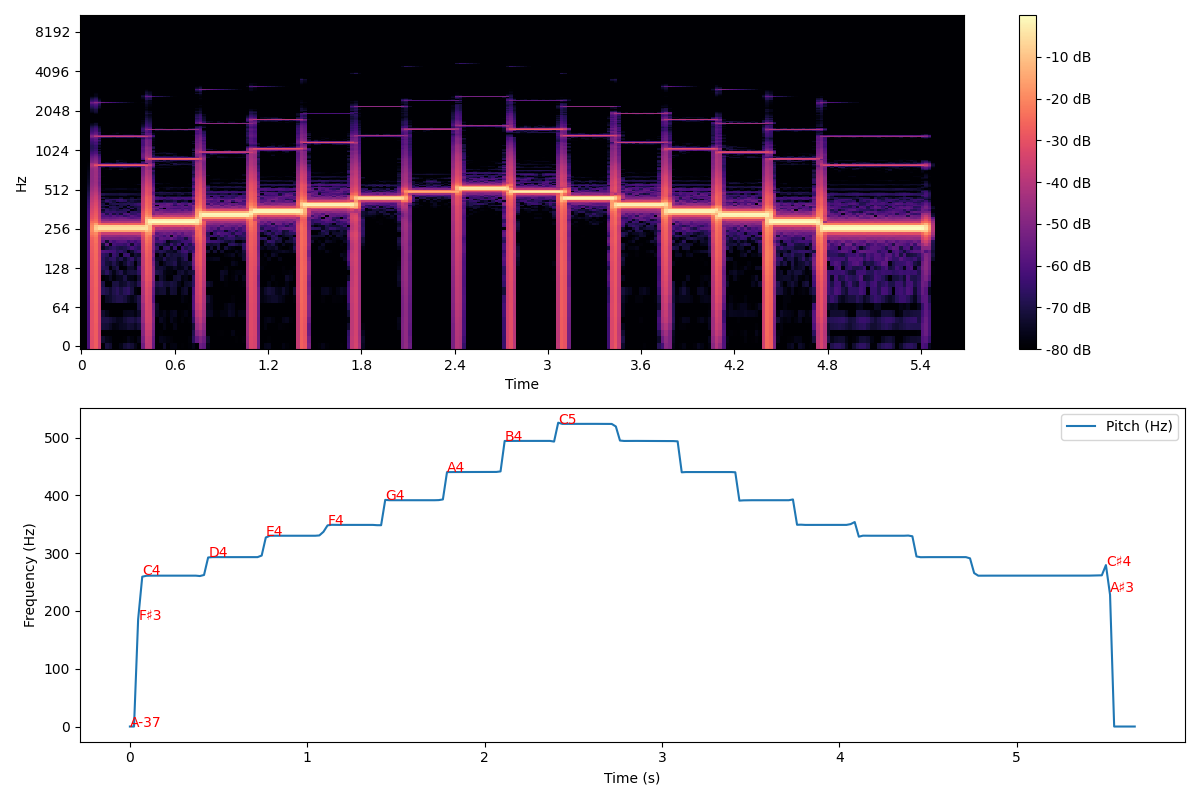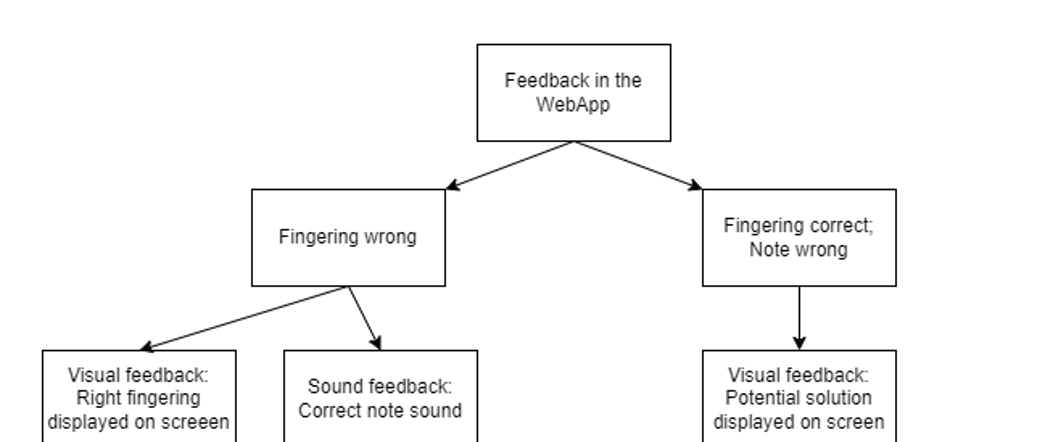Answers to the additional questions below the report.
The most significant risk right now to the project is the PCB turnaround time. Cheaper solutions are based in China, which means longer shipping time. American solutions exist, but they will eat a large chunk of our budget. For now, we will probably use a Chinese service but pay for expedited delivery. The PCB has two parts: one is indispensable, since it attaches the Sparkfun processor with all sensors, but the other one can be worked around, if serious disruptions were to occur. The SparkFun PCB is the biggest lynchpin in the hardware system right now.
No changes were made to the design of the system this week.
No updates to the schedule this week.
Part A: how the product solution will meet a specified need with respect to considerations of public health, safety or welfare(Lin Zhan):
Our project aims to develop an add-on system for a saxophone to detect player errors and provide feedback. With respect to public health and safety, our project can have positive effects for saxophone players’ health. Self-practice can result in undetected errors and in the worst case cause physical damage to musicians. By identifying player errors and offering immediate feedback, our system encourages safer playing habits, thus promoting long-term physical health for saxophone players.
Regarding welfare, the system offers an economical alternative for saxophone players seeking instruction by minimizing the costs associated with formal lessons. It can enhance the overall performance of self-practicing.
Part B: how the product solution will meet a specified need with consideration of social factors.(Junrui Zhao):
By providing beginners with tools to track their progress and practice through a web app, our project caters to the needs of extended social groups, each with their distinct cultural and educational backgrounds. Specifically, this system lowers the entry barrier for saxophone beginners, offering enthusiasts the freedom to learn at their own pace. It opens up opportunities for self-directed learning and exploration, making the art of saxophone playing more accessible for all, regardless of their background or prior musical knowledge. This approach respects and supports diversity in learning styles and paces, fostering an inclusive environment that values individual growth within a societal context.
Part C: how the product solution will meet a specified need with consideration of economic factors(Jordan Li):
This project identifies a need of self-learning a woodwind instrument. As woodwind instruments are difficult to get started with, due to the large range of errors a beginner player can make, especially when player cannot identify these errors by themselves. It is impractical to have private lessons every day of the week, but practicing every day is the best way to improve instrument skills, so this product will be the player’s private instructors for when they cannot use private instructors. The project can also be modified to help the production of music for woodwind musicians, who may not have access to a keyboard as a MIDI input device, but can instead retrofit their own instrument to produce music electrically.





